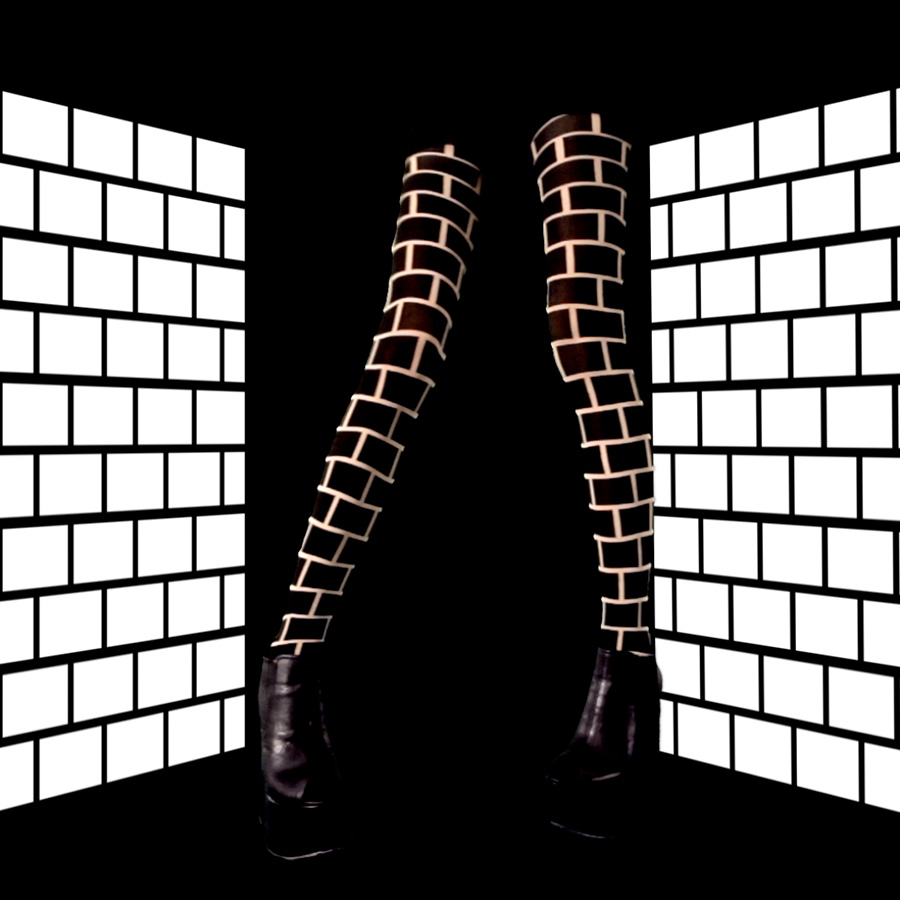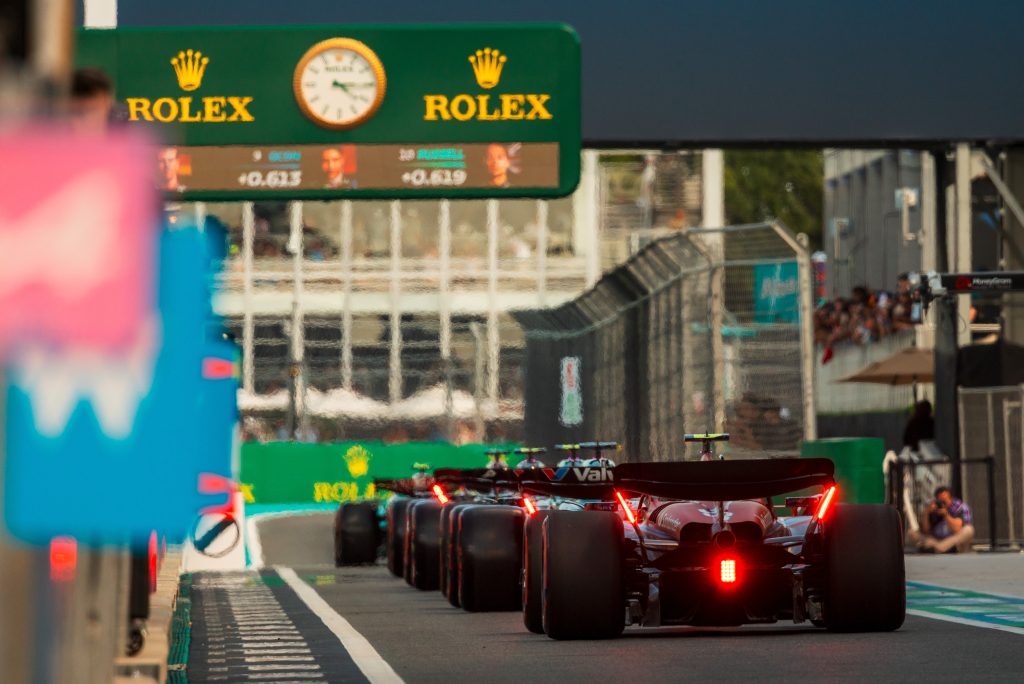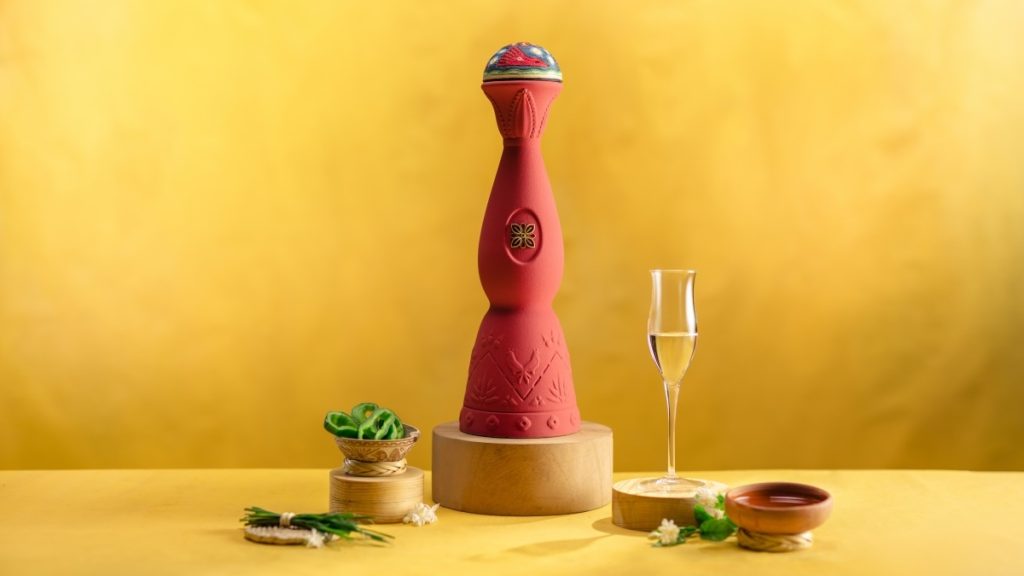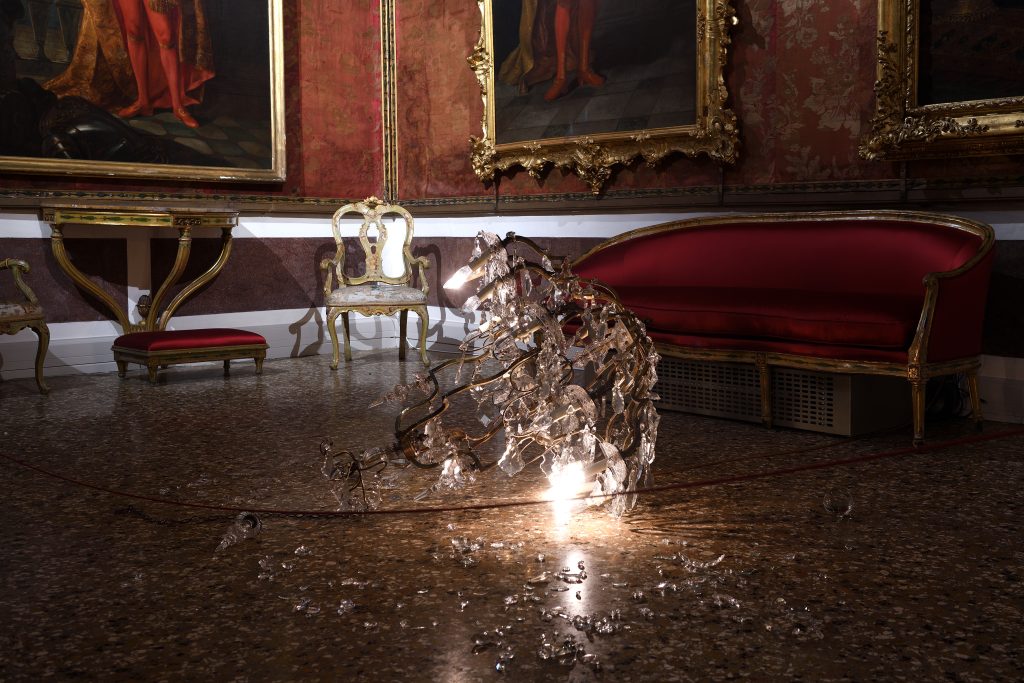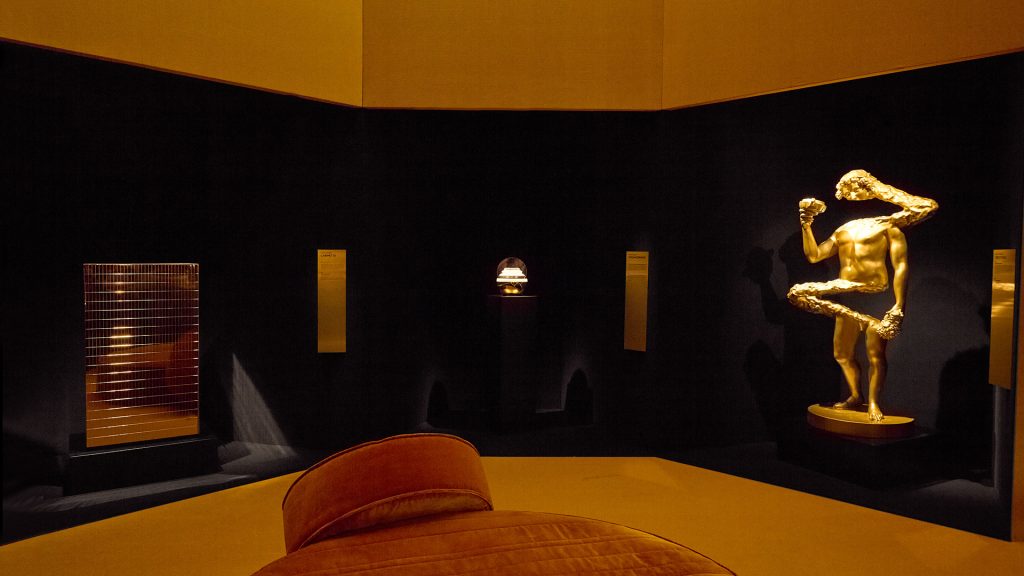London Design Festival 2015: Interview with Patternity
We speak with a co-founder about their new book, collaborations and—of course—patterns

The last time Cool Hunting spoke with Anna Murray, the co-founder of Patternity (along with Grace Winteringham), it was 2013 and the pattern-obsessed duo had just launched their Pattern Power festival in the Londonewcastle Project space on Redchurch Street, London. Two years later, that very same space just hosted their latest Festival of Pattern during London Design Festival—and the launch of Patternity’s first book, “A New Way of Seeing.” For anyone who’s spent ages scrolling through Patternity’s mesmerizing online pattern archive, the book is a welcome physical representation of the calming feed. It’s also an indication of how far Patternity has come in the last few years, and of how, as our digital lives become ever-more ubiquitous and absorbing, finding patterns IRL can be a way to appreciate the random, unprogrammed beauty of the world. Change is in the air for Patternity, and we met up with to Murray to talk about the next step for the company, the importance of reflection, and the journey so far.

Congratulations on the book! Why was now the right time to launch it?
We’ve gone from being something that was initially quite a visual thing, to going more in-depth with the research. That research underpins everything we do, and our philosophy has gotten stronger as time has gone on, so it felt like the right time to bring those two together. I think for a lot of people who primarily know us as a visual thing – from the archive, or our projects—this was a way of explaining why we started, and what we believe in as an organization. To talk a bit more about what our projects actually mean, what the ideas behind those things are and why we’re doing it—which is really about using patterns to better understand the world around us. It was also about showing people that we’re really serious about patterns and that, as well as it being this visually striking thing, Patternity is also the level of thinking that’s going on beneath the surface. And about us getting more serious as a company.

The book has quotes from some very well-known creatives like Tom Dixon. Do you think Patternity has filled a gap for creatives and designers?
I’d like to think so. Just by the nature of how quickly it took off, it shows there was a real craving for it. People come to Patternity in very different ways; I suppose: some people might come to it to do research for their own design work, and some come because it’s quite meditative to look at—a lot of people just scroll through our image archive. The archive, as well as being something functional for people to use, was also about sharing this way of looking at the world around us. Our book is called “A New Way of Seeing” because it’s about encouraging people to look and find inspiration in very everyday, mundane things, as well as in high fashion pieces or architecture. I think there’s something about it that’s quite nourishing and joyful. For creatives in a world where there’s so much digital overload, I think the image archive was quite calming. A place that was considered and conscious, away from all the other stuff going on online.

Is the fascination with finding patterns in nature something that has grown during the years of Patternity?
Definitely, and I think Grace and I as people have both gone on our own personal journeys as well. Through the deeper research we’ve done, and doing the book and events over the year—which have had quite a focus on our connection to nature, nature being the ultimate designer—towards the end, this idea of connectivity has become a much stronger thread throughout our work. As soon as you delve into nature as a designer, there’s something very humbling and calming about that. We did a whole day at the festival about mindfulness and meditation, but not just as a mindfulness exercise; people meditated on a romanesco broccoli. So that was doing mindfulness in a Patternity way, looking at this incredible fractal pattern. It’s mesmerizing and really calming, and there’s such a powerful connection between observing patterns, mindfulness and happiness; it’s really interesting. We’re only just starting to get into that aspect.

This year you also collaborated with both Paperless Post and T2 for LDF.
Each year we’re doing more projects, which is great, although a bit tiring! It’s just really nice to be asked. I think quite often people want to work with us to bridge the gap between the digital and real space. That was nice with Paperless, because they’re primarily digital, and it was about translating a digital project and make it into something tangible, physical. It was fun! A lot of what we do is quite serious, but that doesn’t mean there’s not another side of Patternity. One that’s really interactive, understandable, and simple, but can still tell messages about the world were living in. We have a picture on our Instagram of a baby playing in the Paperless Print playroom, because why should design just be something you stand back and look at? It can be something that you get involved with, jump into and jump around.
The T2 project (“Taking the Time to Reflect”) was another way to take where our research has gone more into patterns of behavior and ways of being, like stopping and pausing when you’re really busy. We can all identify with that, living in this chaotic world that we do, especially when it’s design week.
As a business, we’re in our fifth year now, and I think this is a time for Grace and I to step back and think where we want to go in the next five years, what we want to achieve, and what the core messages we want to be promoting with Patternity are.

So what’s up next for Patternity?
We’re transitioning our site into more of a subscription-based model. It’s going to happen in November, and it’s going to become an editorial platform. People will still be able to look at a lot of what’s there on the top, but there’ll also be another level to it, so people can go into more content for creatives to access. They will be able to search the archives, whereas if you just go on the homepage, you can only scroll through it. It’s actually really exciting; less so that it’s going to be charging, more that it’s going to be about creating a community-type feel. Patternity is a platform for people who are just emerging, as well as for those who are super established, and you’ve got young/old, masculine/feminine; so many dualities that we explore with what we do. That’s going to be one of the main drivers with this editorial platform, that we get the right balance.
Does that mean the website will also have a makeover?
Yes, the homepage will be changing, we’re just designing it at the moment, which is quite a big thing, there’s all these new paying-for bits. The whole point of the platform is that it’s very simple, works well and is uncluttered, so to bring in more content, everything that we do needs to have a real purpose and be as considered as it was when we first started the archive. We’ve also launched a bespoke research service for brands, and the subscription platform will have an underbelly where you can download themed reports. They’re not trends, more a Patternity perspective on the world around us, and they’ll be bi-monthly, like our content.

How did the festival at LDF go this year?
All events at the festival were sold out and I think there’s a real feeling of genuine excitement about the future, and about what were going to do with the experiential side of Patternity. In the same way the image archive filled a certain gap, I’m hoping that when we go more and deeper into the event side of things, that’s going to fill a gap. I think there are a lot of creatives who aren’t fully nourished in the other aspects of themselves. I’m really excited about exploring that, and growing a community around what we’re doing about that, the whole “beingnness” side of it. I think that’ll be the next book.
Images courtesy of Patternity

